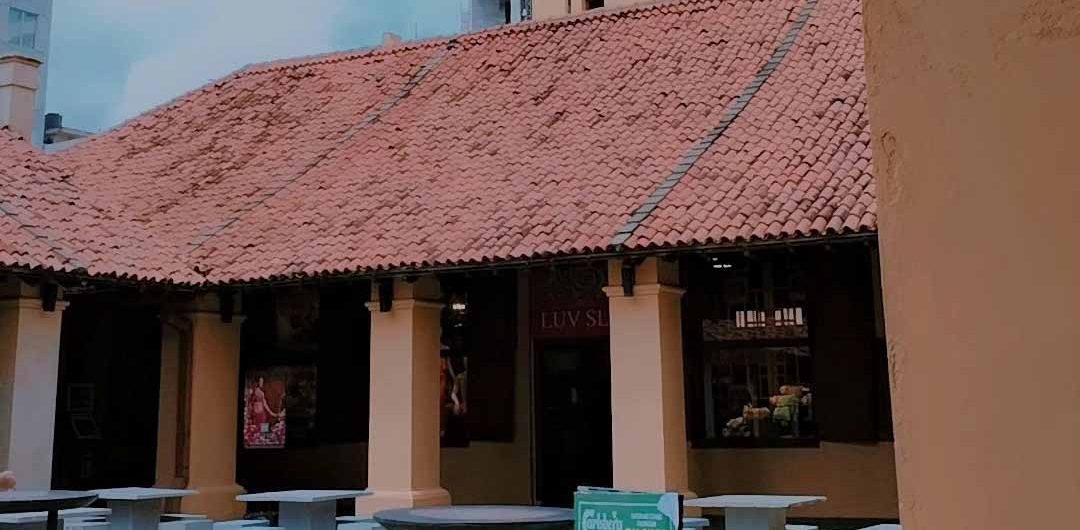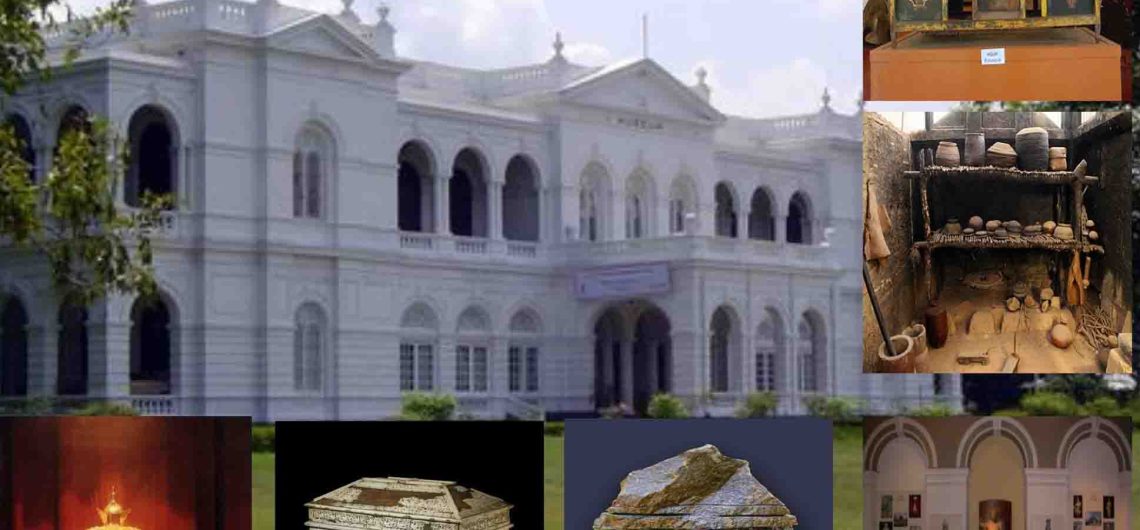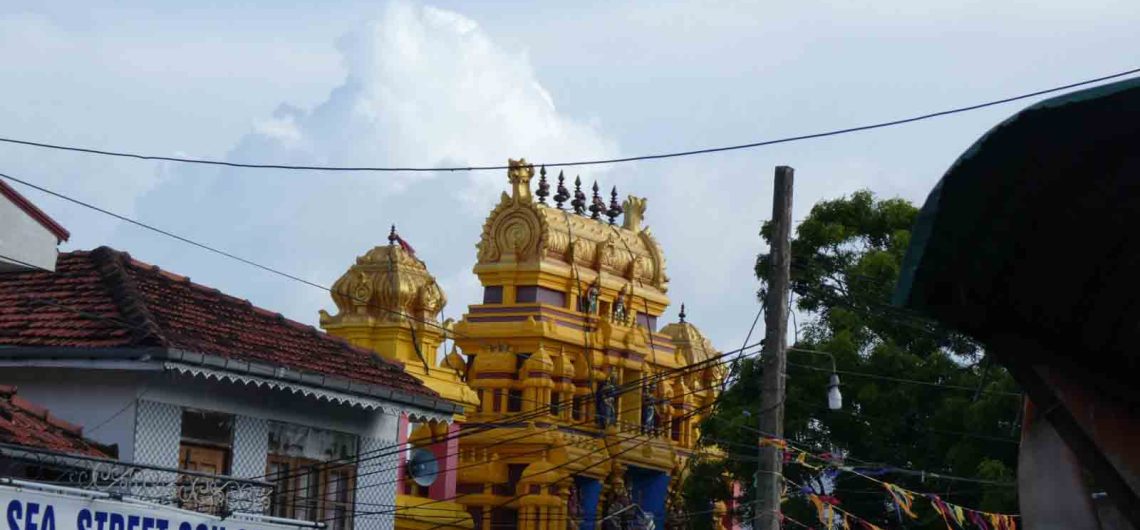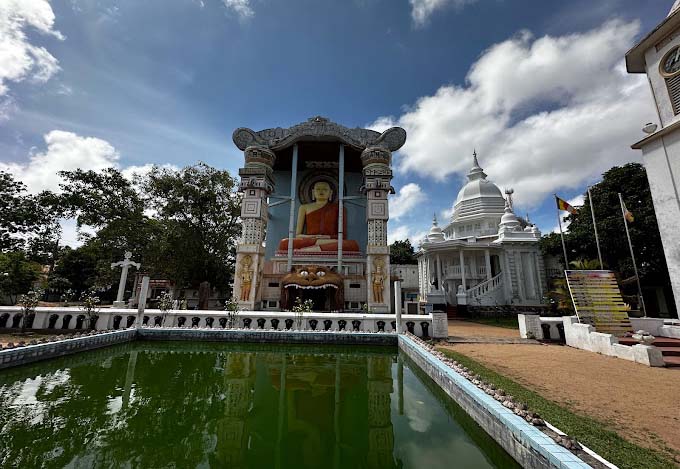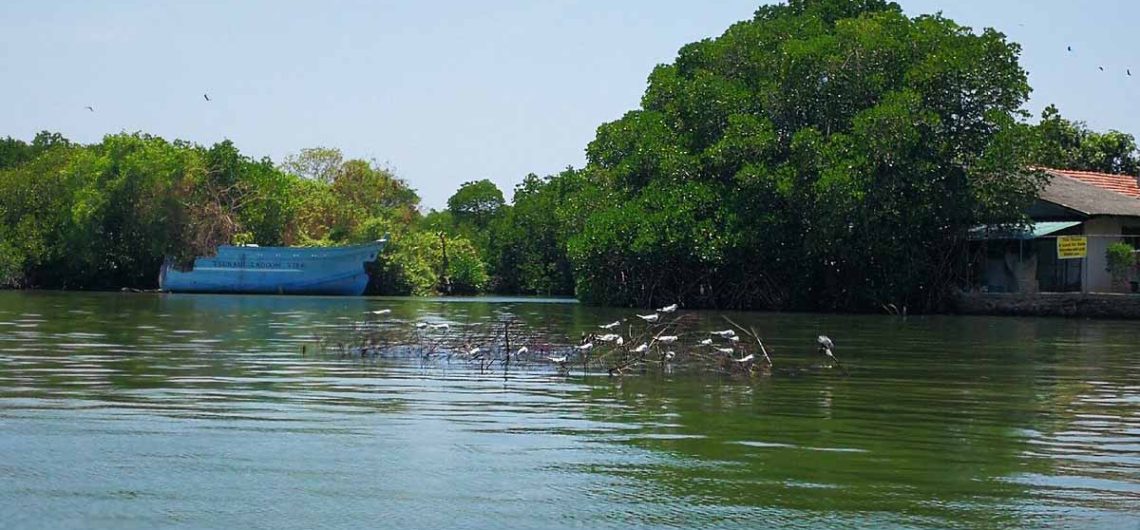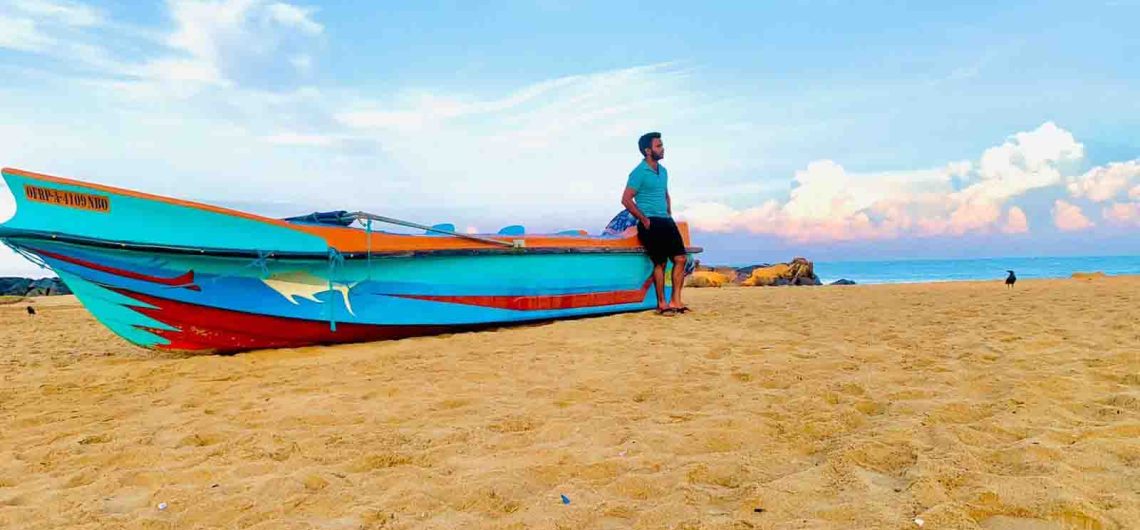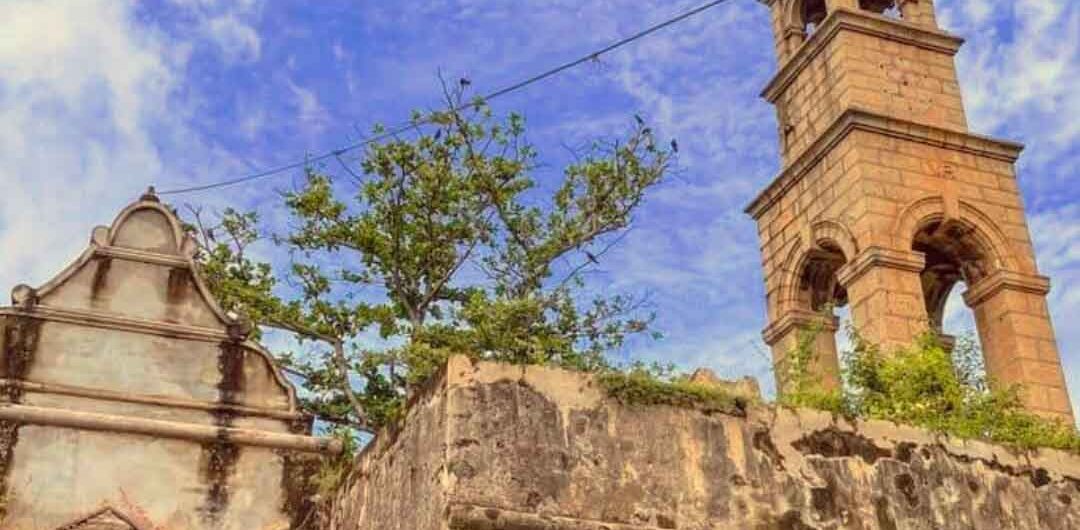Sri Lanka, a tropical island nation renowned for its breathtaking beaches, ancient temples, and vibrant culture, offers a diverse range of attractions for visitors. One such hidden gem is the Dutch Hospital Colombo, a historic landmark that has been transformed into a bustling shopping and dining complex.
.
What is the Dutch Hospital Colombo?
The Old Dutch Hospital in Colombo is a former colonial hospital built by the Dutch during their occupation of Sri Lanka in the 17th century. The hospital was later used by the British before falling into disrepair. In recent years, the building has undergone extensive renovations and has been revitalized as a vibrant commercial hub.
.
Specialities of the Dutch Hospital
The Dutch Hospital Colombo stands out for its unique blend of historical charm and modern amenities. The building’s distinctive architecture, with its red-tiled roof and colonial-style facade, is a testament to its rich heritage. Inside, the hospital’s courtyards and arcades have been transformed into a pedestrian-friendly shopping district, offering a wide variety of shops, cafes, and restaurants.
.
A Brief History
The history of the Dutch Hospital dates back to the 17th century when the Dutch established a trading post in Sri Lanka. To cater to the needs of their colonial subjects, they built the hospital to provide medical care. The hospital remained operational for centuries, serving as a vital healthcare facility during both Dutch and British rule.
.
What to Observe
Visitors can explore the historic building’s architecture, admire the intricate details of its facade, and stroll through the charming courtyards. The hospital’s shops offer a diverse range of products, including souvenirs, handicrafts, clothing, and jewelry. For foodies, the Dutch Hospital offers a variety of dining options, from local Sri Lankan cuisine to international fare.
.
Why Visit the Dutch Hospital Colombo?
The Dutch Hospital is a must-visit destination for anyone interested in history, culture, or simply looking for a unique shopping and dining experience. The hospital’s blend of old and new, combined with its central location in Colombo, makes it a popular attraction for both locals and tourists.
.
How to Reach the Dutch Hospital from Colombo Fort
The place is conveniently located in the heart of the city, just a short distance from Colombo Fort. Visitors can easily reach the hospital by foot, tuk-tuk, or taxi.
.
Other Attractions Nearby
The Old Dutch Hospital is surrounded by several other popular attractions, including:
- Old Galle Face Green: A historic promenade overlooking the Indian Ocean.
- National Museum of Sri Lanka: A fascinating museum showcasing the country’s rich history and culture.
- Gangaramaya Temple: A beautiful Buddhist temple with intricate carvings and stunning architecture.
- Pettah Market: A bustling market offering a wide variety of goods, from spices and textiles to electronics and souvenirs.
.
The Dutch Hospital in Colombo is a hidden gem that offers a unique blend of history, culture, and shopping. Whether you’re a history buff, a foodie, or simply looking for a unique experience, this historic landmark is well worth a visit.
.
.
(Cover Image Credit: Diw Senanayake from FB)

